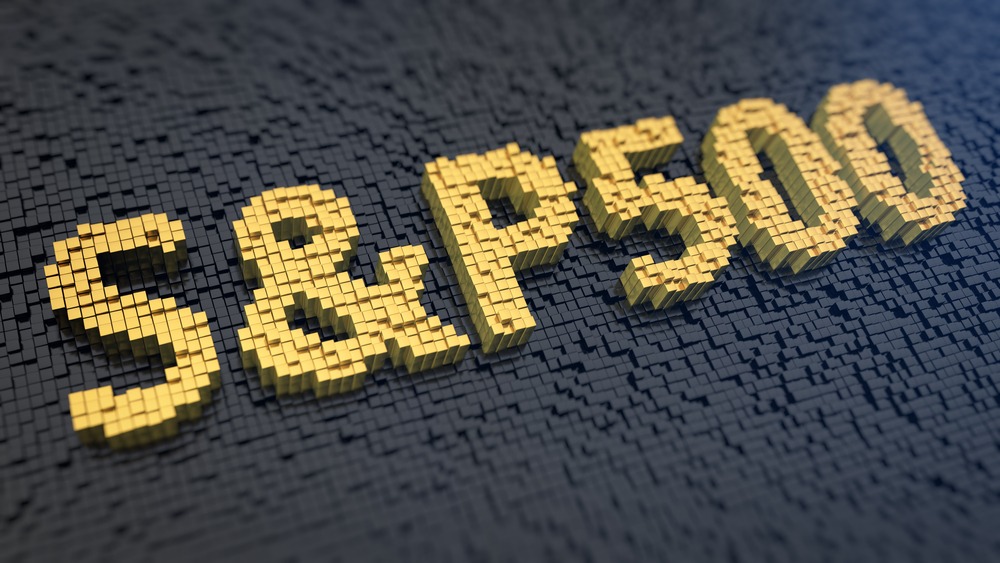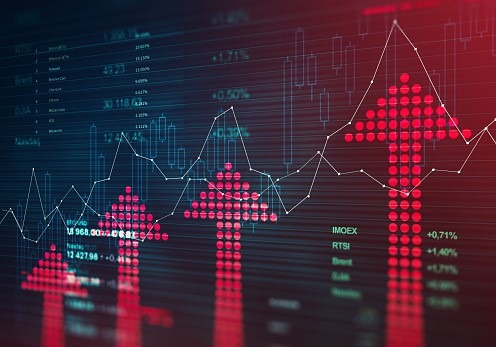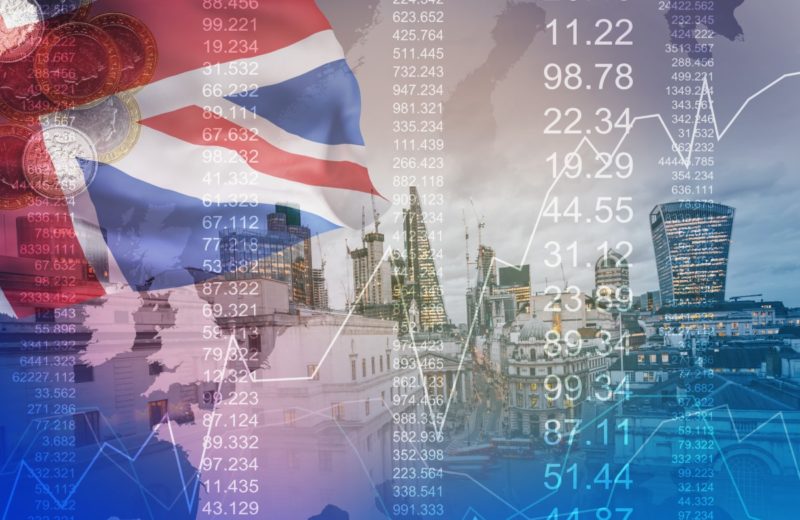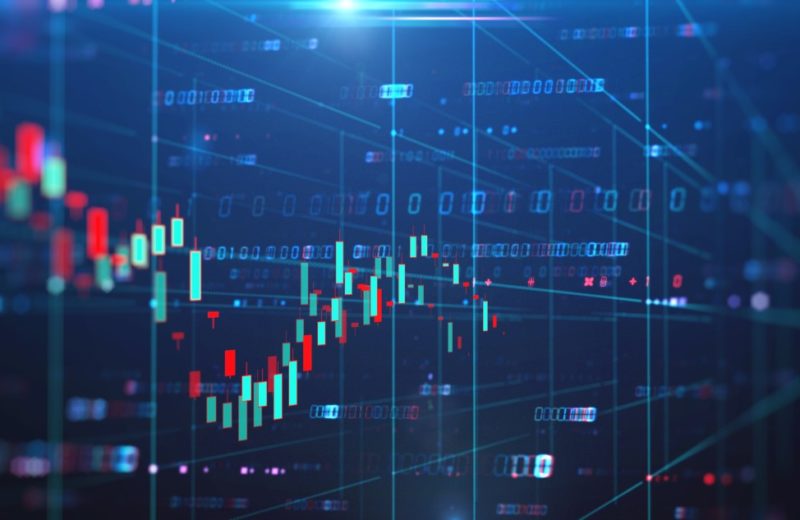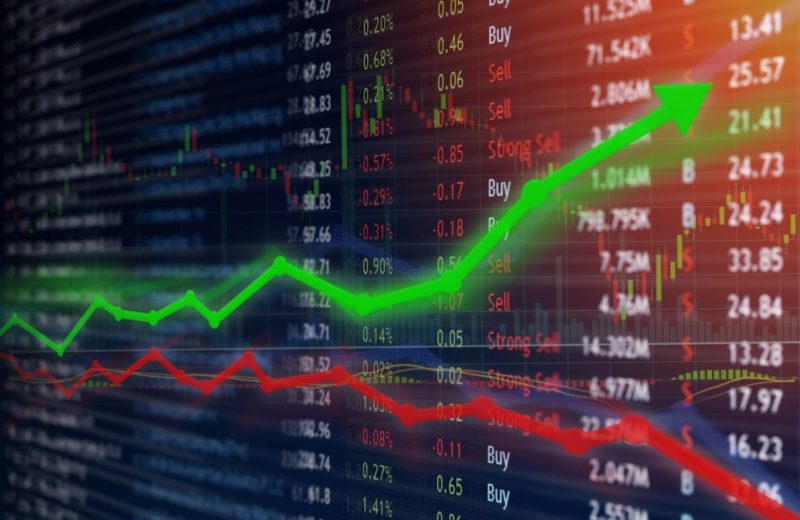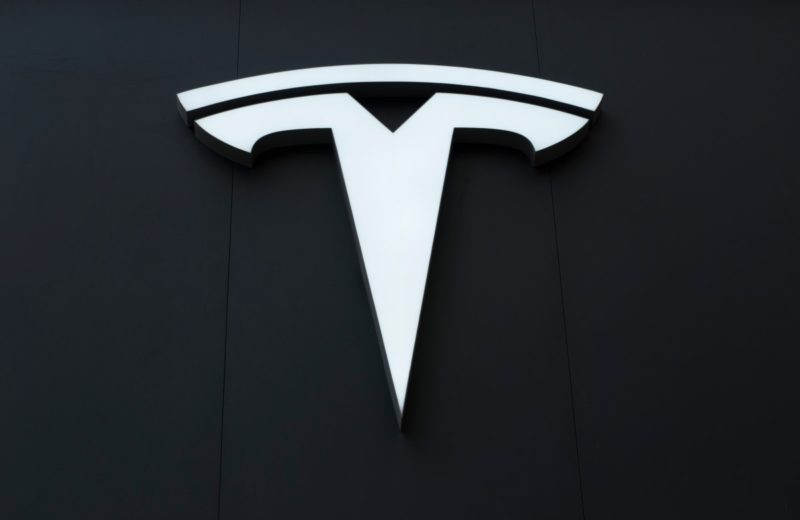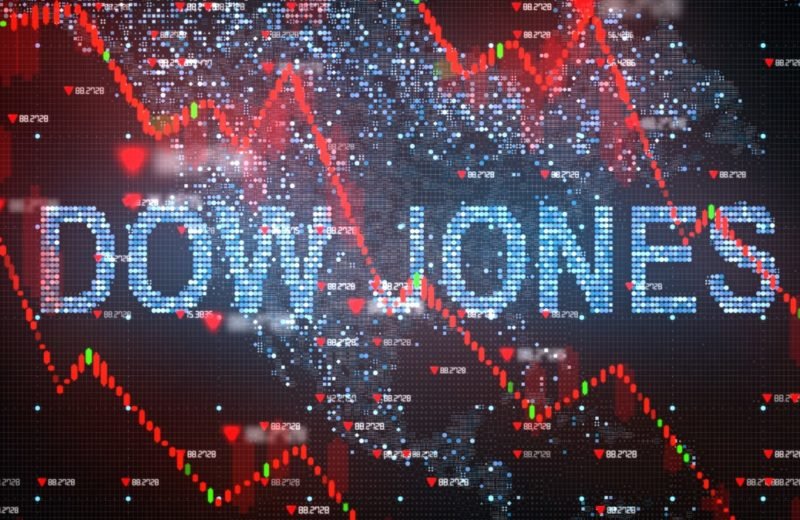Although fresh data suggests the US economy could avoid a recession, the Federal Reserve is not guaranteed to make a U-turn in monetary policy. That wouldn’t bode well for stocks, as a sharp rally this year has made them the most expensive since 2007 on a measure of equity risk premium, which has entered a level known as the “death zone,” Bloomberg reports.
US stocks have climbed to unsustainable highs and will face inevitable losses when investors realize there will be no Fed policy changes later this year. “Death Zone” is a term used in mountaineering to describe the altitude at which there is insufficient oxygen to breathe.
According to Fox News, Morgan Stanley predicted that the S&P 500 could fall to 3,000 points within a few months, a decline of about 26 percent from its current level. Analysts assessed that “it is time to return to the base camp.”
The gloomy forecast came after the stock market’s worst year since the 2008 financial crisis. Three key indices fell in 2022, ending a three-year rally. The industrial Dow Jones fell 8.8 percent, the S&P 500 fell 19.4 percent, and the technology Nasdaq 33.1 percent. The value of the reference index S&P 500 increased by 4.5 percent in 2023.
- Billions of dollars are hidden behind the new iron curtain
Almost a year after the start of the war in Ukraine, firms that invested in Russia before the military conflict are still trying to navigate the complex web of blocked and frozen securities due to the sanctions in place.
One example of the consequences of the conflict is the case of Sova Capital, which specializes in providing international investors with access to Russian securities. The brokerage became insolvent shortly after the invasion last year. A court case in London will now determine what will happen to a portfolio of Russian assets he held, potentially worth £274m, which administrators want to sell to repay creditors.
Legions of lawyers flocked to court this week after administrators tried to sell the portfolio at a significant discount to billionaire Roman Avdeyev, who owned Sova before its collapse. An opponent of the deal is former Gazpromneft CEO Boris Zilbermints, who is making a competing cash offer for the assets.
Normally, administrators would sell listed assets like this on the market, but sanctions between Russia and the UK make that more complicated. Mark Philips, the administrator’s lawyer, summed up the situation succinctly. “Securities are trapped in a country that has declared this country an enemy,” Phillips told Bloomberg.
Sanctions target many processes needed to keep international debt functioning, disrupting payments. Holders of depositary receipts — a type of capital popular among Russian companies because it has allowed them to attract investors in the US and Europe — are looking for legal ways to convert and sell their shares after Moscow banned the securities in April.
Money managers who failed to leave Russia before the sanctions were imposed have been forced to reduce their holdings in such assets to zero and are unlikely to see any dividend or interest payments soon.
Sanctions have provided opportunities for others. After the invasion, JPMorgan Chase and Goldman Sachs bought troubled bonds tied to Russian companies before further restrictions forced them to pull out. Several hedge funds have bought the discounted debt, looking to generate huge returns for investors.


